
OR
NRB tightens the noose around microfinance companies exploiting customers
Published On: February 24, 2023 08:30 AM NPT By: RAJESH KHANAL

KATHMANDU, Feb 24: After a number of microfinance institutions (MFIs) were found exploiting their customers by slapping exorbitant interest rates, NRB has enforced stringent policies for the sector.
Although the central bank has streamlined commercial banks, development banks and finance companies, the microfinance firms that fall under ‘D’ class financial institutions have largely remained unchecked till date. The central bank has often been blamed for rampantly issuing licenses to microfinance companies. Taking undue advantage of the NRB’s weak monitoring, many MFIs have been found charging very high interest rates while individuals are being provided with multiple loans issued by multiple MFIs.
Amending the Unified Directives on Microfinance Financial Institutions on Wednesday, the NRB has tightened the provisions for the MFIs including lending by them. In the new provisions, borrowers who have taken loans from any bank will not get loans from microfinance companies. In addition, NRB has made such arrangements that an individual cannot take loans from more than one MFI at a time.
While providing microloans without collateral or under the security of collateral, only one financial institution shall disburse a loan to one borrower without exceeding the credit limit as per this provision. Borrowers who have taken loans from commercial banks, development banks or finance companies will not be eligible for taking loans from MFIs, according to the new instructions of NRB.
While taking a loan from a microfinance company, the borrower will now have to self-declare that s/he has not taken a loan from other banks and financial institutions. Also, on the basis of the loan information, it should be confirmed whether or not the loan has been taken from other banks and financial institutions. But in the case of loans that have already been disbursed, NRB has stated that the loan must be repaid according to the previous installment payment schedule.
A new arrangement regarding interest rates on deposits and savings has been implemented. "The minimum interest rate of deposit savings should be fixed at least 50 percent of the maximum interest rate of loans provided by microfinance institutions," according to the instructions of NRB.
Various funding arrangements of MFIs have also been amended through the guidelines. A microfinance institution that proposes an annual dividend distribution of more than 15 percent must deposit 50 percent of the proposed dividend in the general reserve fund. Earlier, in the distribution of more than 20 percent dividend, there was a provision to keep 50 percent of such dividend in the reserve fund.
Similarly, the provisions relating to the Client Protection Fund have also been amended. Previously, there was a rule that MFIs that propose annual dividend distributions of more than 20 percent should keep 25 percent of the proposed dividend in the customer protection fund. By amending it, a provision has been introduced that organizations distributing dividends of more than 15 percent annually must keep at least 35 percent of the proposed dividend above that in the bank customer protection fund.
Social responsibility regulations of MFIs have also been amended. Earlier, MFIs had to deposit at least one percent of their net profit in the social responsibility fund. Amending this provision, NRB has said that the companies proposing to distribute dividends more than 15 percent annually should set aside an amount equal to 10 percent of the proposed dividend above 15 percent for corporate social responsibility.
Pawan Golyan, chairman of the Confederation of Banks and Financial Institutions Nepal, said the rampant licenses issued by the NRB were the root cause behind the problem seen in the segment. “A few influential individuals used MFIs for their vested interests to make quick money,” said Golyan. According to him, the MFIs mostly focused on securing huge amounts of profits rather than providing easy financial access to the people in rural areas.
You May Like This

Single borrower takes loan of Rs 5,217,834 from 17 microfinance institutions
KATHMANDU, Nov 8: The committee formed by Nepal Rastra Bank (NRB) to resolve the problems of microfinance institutions has shown... Read More...
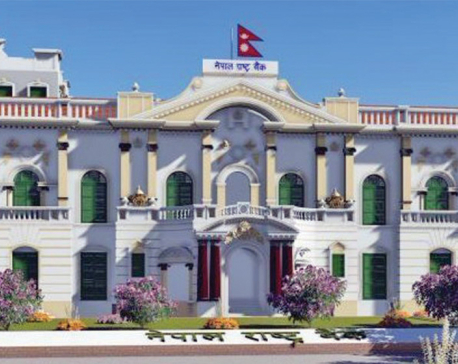
NRB introducing provision to bar a person from taking loans from multiple microfinance institutions
KATHMANDU, Feb 21: Executive Director of Nepal Rastra Bank (NRB) Revati Prasad Nepal has said that the central bank is... Read More...
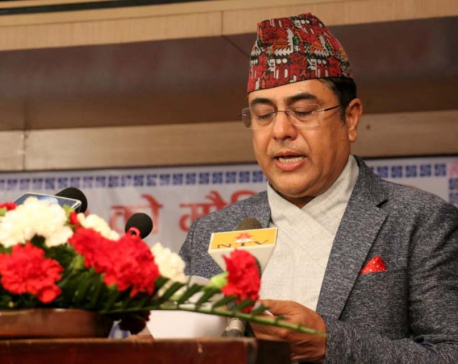
NRB governor urges microfinance institutions to opt for merger
KATHMANDU, June 14: Governor of the Nepal Rastra Bank Chiranjivi Nepal on Friday appealed all the microfinance institutions (MFIS) to... Read More...





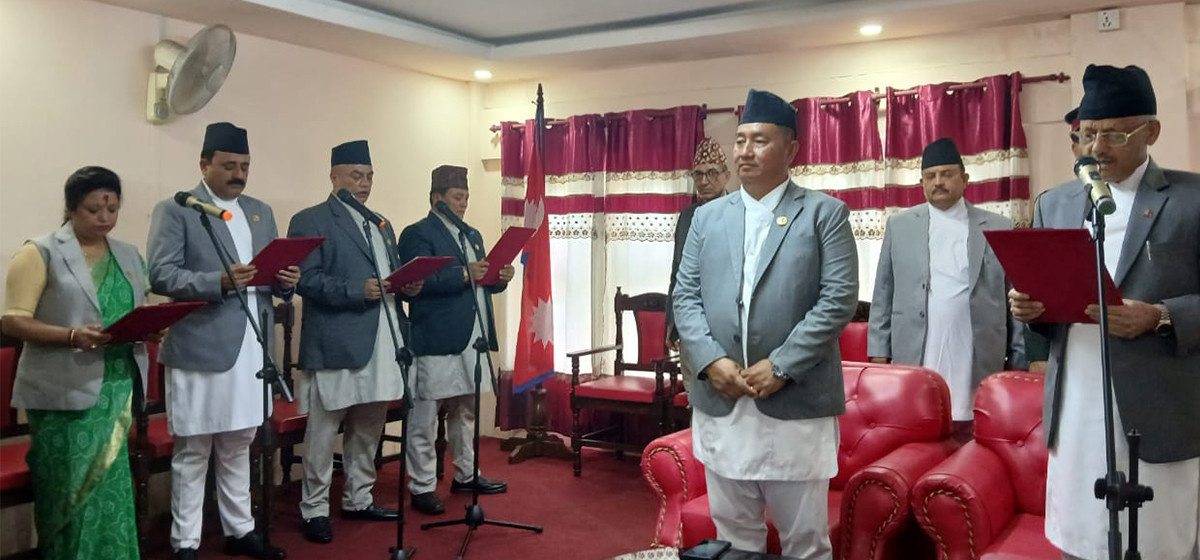
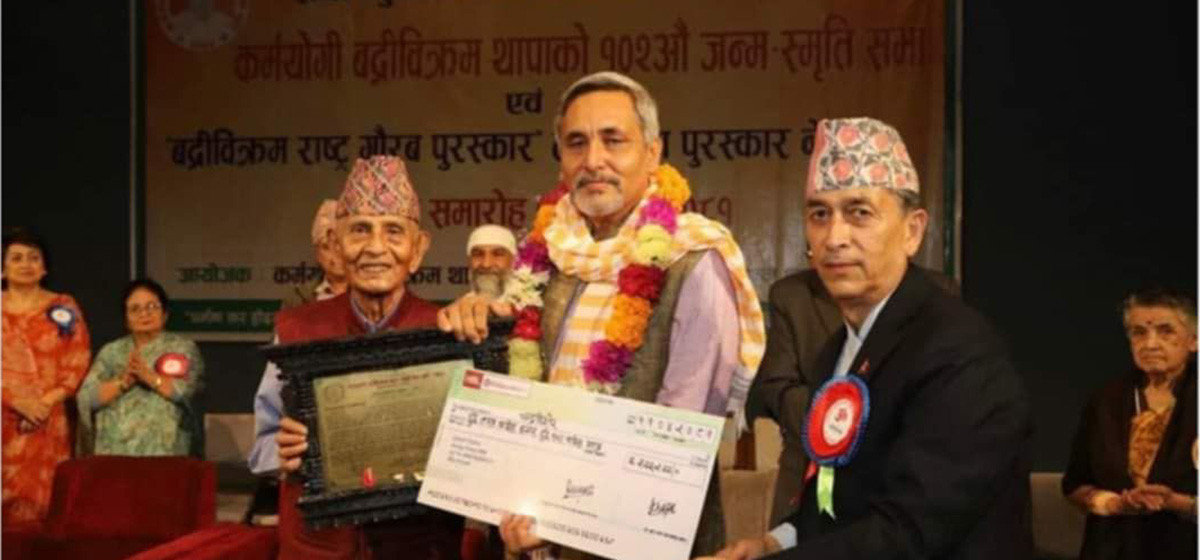
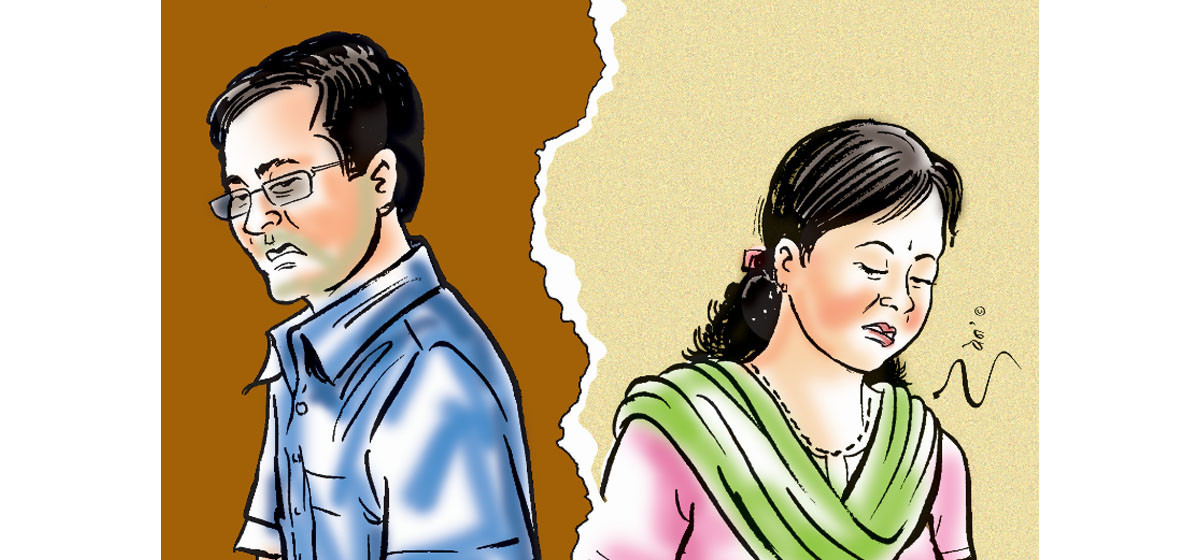
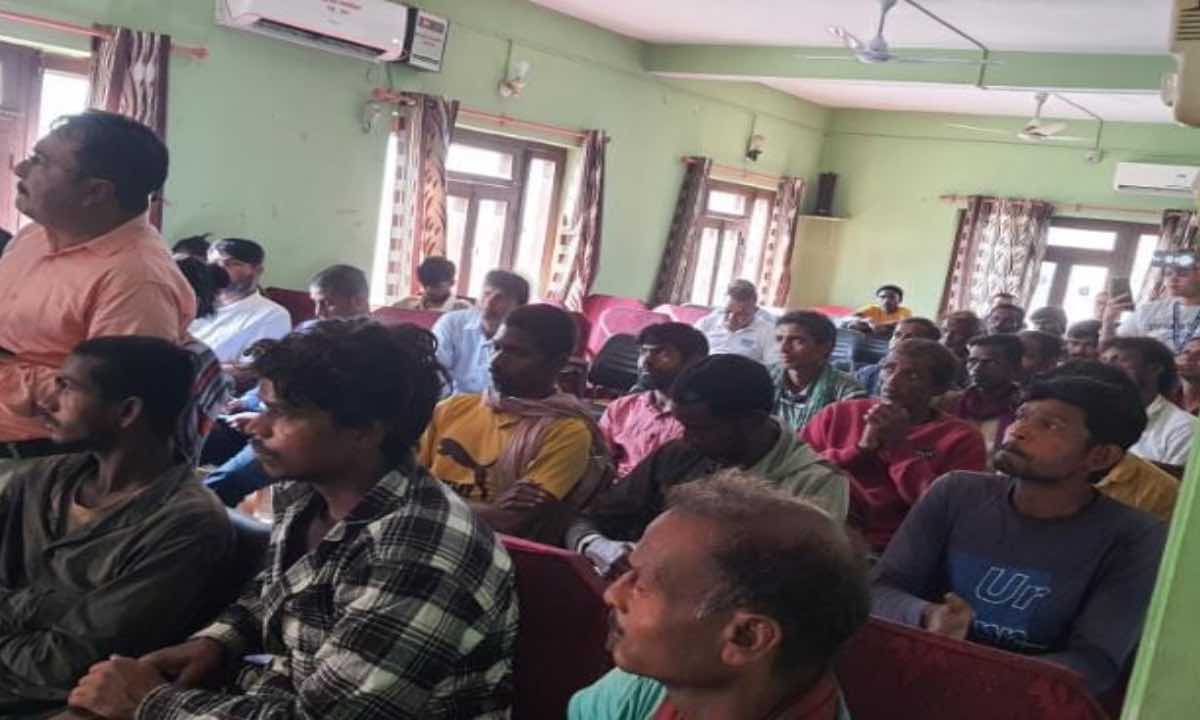
Just In
- Two children found infected with measles in Shuklaphanta
- Four NC ministers take oath of office and secrecy
- Dr Ruit and Journalist Chandra Kishore feted
- Kathmandu records highest number of divorce cases with 13 couples filing for divorce daily
- Rapid response team mobilized in Dhangadhi to contain cholera outbreak
- 28 workers held hostage in India rescued
- Simaltal bus accident: 40-kg magnet deployed to trace missing buses
- Youth of eight districts lead in foreign employment









Leave A Comment